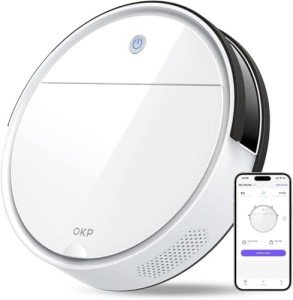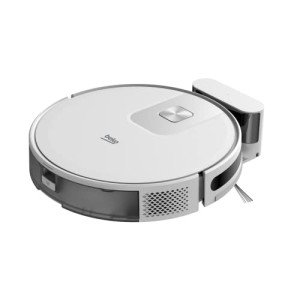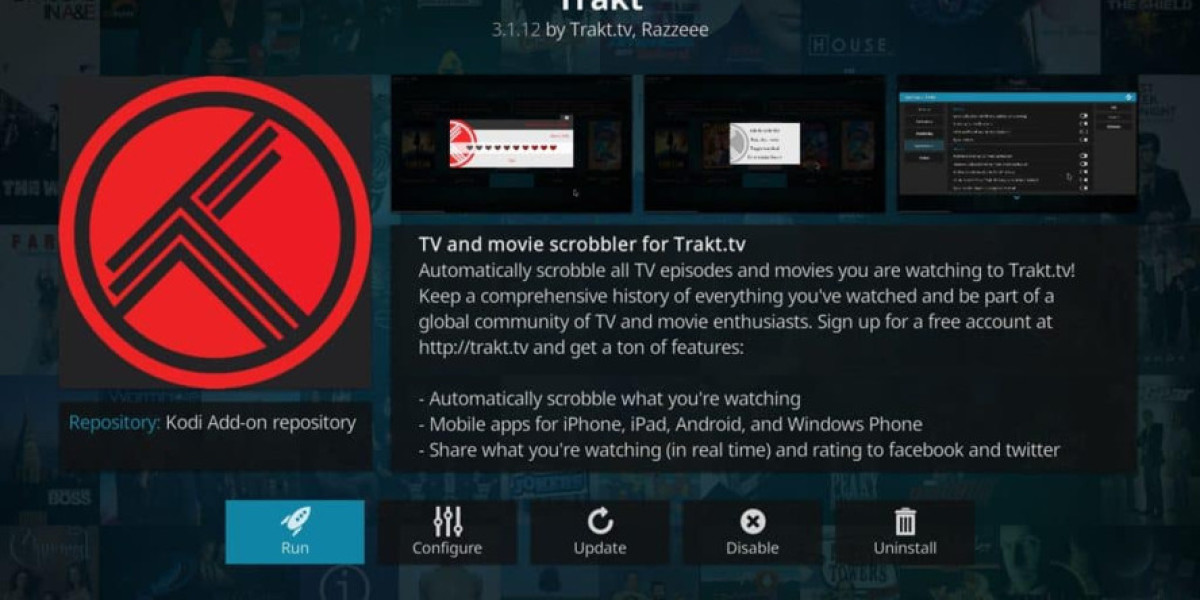In today’s fast-paced world, where balancing work, family, and personal time can be challenging, technology continues to step in to simplify our lives. Among the remarkable advancements in home automation is the rise of robot cleaners. These smart devices have transformed how households approach cleaning, making it faster, more efficient, and far less tedious. No longer a fantasy restricted to sci-fi films, robot cleaners are now a practical reality, fast becoming a staple in modern homes. This article explores how robot cleaners work, their benefits, potential downsides, and how to choose one that fits your needs.

What Are Robot Cleaners?
Robot cleaners, also known as Robotic Suction cleaner vacuum cleaners or robot mops, are autonomous devices designed to clean floors with minimal human intervention. These nifty gadgets use advanced technologies like sensors, cameras, artificial intelligence (AI), and mapping systems to navigate your home, avoid obstacles, and clean a variety of surfaces. From picking up dust and debris to scrubbing stains, today’s robot cleaners offer a range of features geared toward maintaining spotless floors and carpets.
Key Features of Modern Robot Cleaners
Robot cleaners come in many shapes and sizes, each with unique features tailored to specific cleaning needs. Some of the standout features include:
Smart Navigation Systems
Most modern robot cleaners are equipped with laser sensors or cameras that allow them to create maps of your home. This helps them follow an efficient cleaning path and avoid bumping into furniture or falling down stairs.Multiple Cleaning Modes
From spot cleaning to edge cleaning, adjustable suction levels, and even wet mopping, robot cleaners come with varied cleaning modes to tackle different chores.WiFi Connectivity and Smart App Controls
Many robot cleaners can be connected to smartphone apps, enabling users to schedule cleaning sessions, customize settings, and monitor cleaning progress—anytime, anywhere.Voice Assistant Compatibility
Imagine commanding your vacuum to clean simply by saying, "Alexa, start cleaning." Robot cleaners with voice assistant integration (Amazon Alexa or Google Assistant) make this possible.Automatic Charging and Resume Functions
Once the battery runs low, most robot cleaners automatically return to their charging dock. Some can even pick up where they left off once fully charged.HEPA Filters
For households with allergies or pets, robot cleaners with High-Efficiency Particulate Air (HEPA) filters help trap fine particles such as pollen, dust mites, and pet fur.
Benefits of Owning a Robot Cleaner
Robot cleaners are not just a luxury product but a functional investment for households of all sizes. Here are some reasons why these devices are garnering widespread popularity:
Time-Saving Convenience
With a robot cleaner taking care of your floors, you can devote your attention to more important tasks and enjoy extra leisure time.Consistent Cleaning
These machines can be programmed to clean at regular intervals, ensuring that your home always stays tidy without effort on your part.Ease of Use
Robot cleaners are designed to be user-friendly, requiring minimal setup or maintenance.Accessibility for Busy or Elderly Individuals
For busy professionals or seniors with reduced mobility, a robot cleaner is a game changer, eliminating the physical strain of manual vacuuming.Eco-Friendly Options
Many newer models are energy-efficient and built with environmentally conscious materials.Pet-Friendly Features
Pet owners appreciate how robot vacuums efficiently pick up pet hair, dirt, and allergens, keeping homes hygienic and smell-free.
Drawbacks to Consider
As fantastic as robot cleaners are, they aren’t perfect. Here are some limitations to keep in mind:
- Cost: High-end robot cleaners can be pricey compared to traditional vacuums or mops.
- Maintenance: While they require less effort than manual cleaning, you still need to empty dirt compartments, clean brushes, and occasionally update software.
- Surface Limitations: Although modern versions are more versatile, some robot cleaners struggle with thick carpets, uneven surfaces, or cluttered rooms.
- Battery Life: Battery performance can vary, with smaller models requiring more frequent recharging.
- Noise Levels: While quieter than upright vacuums, some units can still be disruptive, especially during late-night cleaning sessions.
How to Choose the Right Robot Cleaner for Your Needs
With so many robot cleaners on the market, selecting the right one can feel overwhelming. Consider these factors to make an informed decision:
Budget
Decide how much you’re willing to spend. While standout features increase the price, you can find budget-friendly options with sufficient functionality.Cleaning Requirements
Think about your home’s flooring type. Homes with predominantly hardwood floors may not need a cleaner with specialized carpet cleaning features.Pet Owners
Look for a model equipped with strong suction power and pet hair-specific attachments or brushes.Smart Features
If you value tech innovation, opt for a model with mapping capabilities, app controls, and voice command support.Size of Your Home
Larger homes require a robot cleaner with extended battery life and the ability to navigate multiple rooms seamlessly.
FAQs about Robot Cleaners
1. Are robot cleaners worth the investment?
Yes. If you value convenience and time savings, robot cleaners are a worthwhile investment. They’re especially beneficial for those with busy lifestyles or mobility issues.
2. Do robot cleaners work well on carpets?
It depends on the model. Some robot cleaners are designed specifically for carpets, while others perform better on hardwood or tile floors. Be sure to check the specifications.
3. Can I use a robot vacuum if my home is cluttered?
Robot cleaners work best in minimally cluttered spaces. If your home has a lot of obstacles, choosing a model with advanced navigation and object detection is ideal.
4. How often should I run my robot cleaner?
The frequency depends on your home’s cleanliness needs. Most users run their robot cleaners several times a week, though homes with pets or children may require daily cleaning.
5. Do robot cleaners need WiFi to function?
Not necessarily. While WiFi-enabled models offer advanced scheduling and remote control options, some basic models clean effectively without internet connectivity.
What the Future Holds for Robot Cleaners
The robot cleaner market continues to evolve rapidly, with manufacturers introducing innovative solutions that further enhance functionality and convenience. From self-emptying dirt containers to advanced AI capabilities that recognize specific objects (e.g., socks, toys), the technology is becoming smarter and more intuitive. In the not-so-distant future, it’s possible that these devices will fully integrate with other smart home systems, working in harmony with appliances like refrigerators, washing machines, and air purifiers.

Conclusion
Robot cleaners have undoubtedly revolutionized home cleaning, making it smarter, faster, and more efficient. Whether you’re a busy professional, a pet owner, or someone who simply detests cleaning, these devices can significantly elevate your quality of life. While they do come with certain limitations, the benefits far outweigh the drawbacks for most individuals. As technology continues to advance, the day when robot cleaners become a universal household appliance is closer than ever.
If maintaining a tidy home with minimal effort sounds appealing, investing in a robot cleaner could be one of the smartest decisions you make this year.








